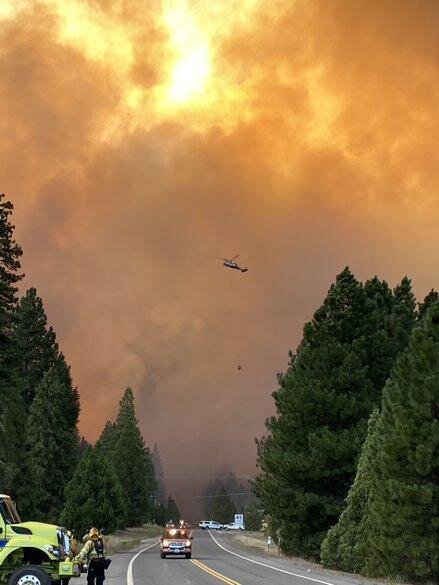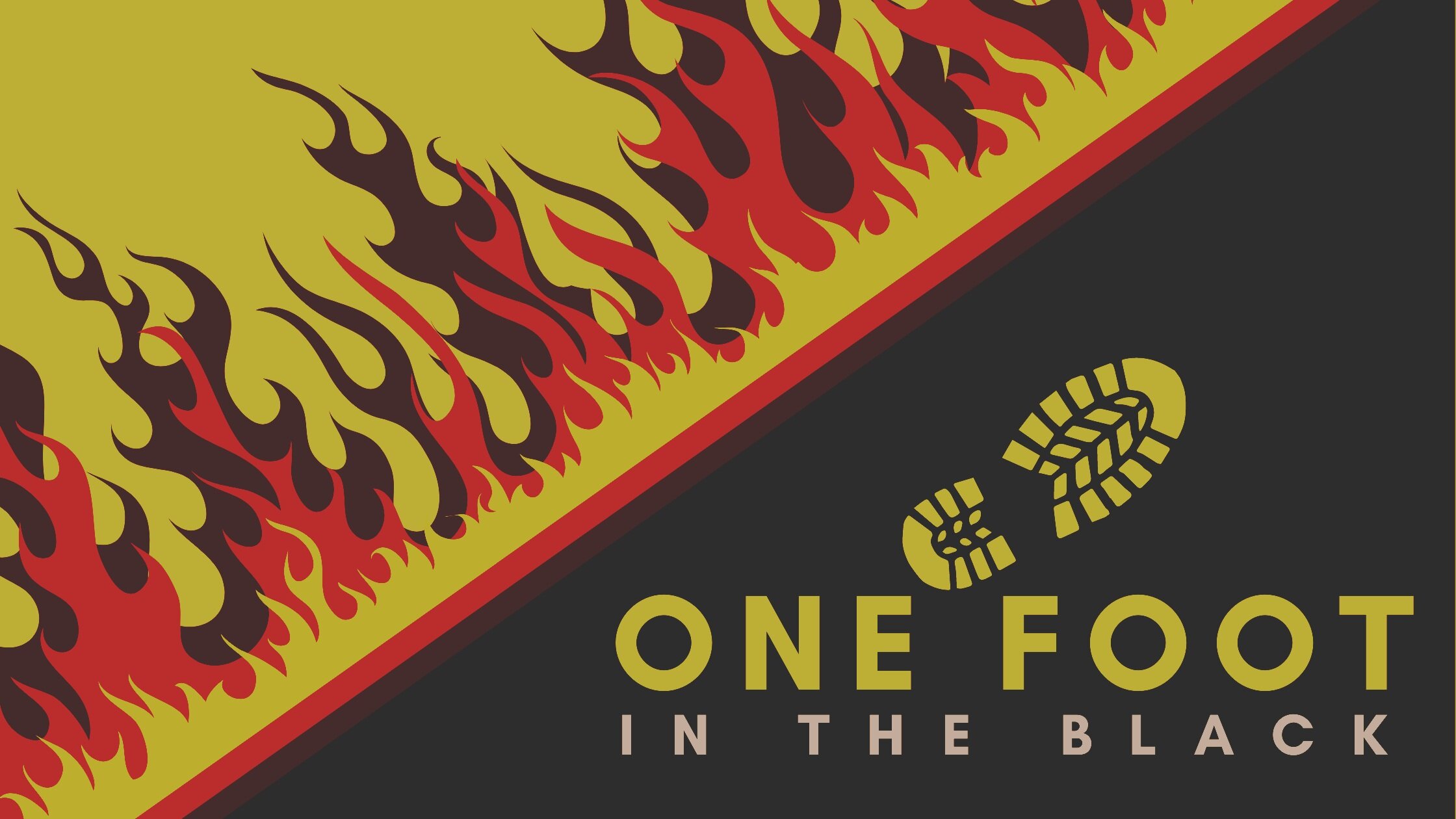Fire Season & the Politics of Adaptation
Like many of you, as I looked out the window on an early September morning, I checked my phone. The AQI was 133, “unhealthy for sensitive groups.” If you live in the West, you likely know what AQI is by now - Air Quality Index. Next I checked in on the Caldor fire and it was making a run toward Lake Tahoe. There was more hot weather in the forecast.
Another summer day.
Another fire year.
Ever more frequently we are experiencing fire seasons filled with unrelenting smoke, daily red flag warnings, and bone dry landscapes. Along with the fear, we are all searching for answers. How do we ensure we are safe from wildfires? Should we move somewhere else? How do we cope with weeks of smoke? Is there anything that can be done to change what is happening?
One thing is certain: climate change is here. Wildfire is natural and necessary for ecosystems the world over. But the fires we are seeing are bigger, faster, and they have been more deadly. The reality is that no place on earth is safe from climate change. Hurricanes and flooding, fire and drought, smoke impacts hundreds of miles from fires, and the polar vortex are all a part of climate chaos. We must adapt to our new climate to meet this moment.
KS Wild is engaging at every level to meet the challenges of climate change here in the Klamath-Siskiyou, including the likelihood of more flood potential from bigger storms, increased drought and especially wildfires. To adapt, we need new policies based on climate adaptation for both our communities and our landscapes. While much more needs to be done, as a result of engaged and vocal residents, some of our elected officials are taking action.
Here is a rundown of the actions being considered and taken by political leaders at the local, state and federal levels that could help us adapt to the increased risk of wildfire.
Protect homes and communities first.
Climate charged fires are not going away, so we need to protect our communities and start right at our own doorstep. KS Wild created a Fire Toolkit that walks rural residents through practices and resources to ensure your home and community have the best shot to survive a wildfire. While having these resources is helpful, we also need policies that do better and provide the funding needed to get this work done.
Policy Recommendations: Both Oregon and California recently passed legislation that would put more resources into protecting homes by removing flammable vegetation and creating defensible space that greatly increases the chances of a home surviving wildfire. We also need much stronger land use laws and building codes that stop encouraging more development into fire prone landscapes.
Increase the use of controlled burning.
Indigenous People used fire for millennia to clear brush, promote certain plants, and for other cultural uses. They understood that fire is actually our ally, and if we can change how we relate to fire and use it when conditions are right, it could greatly reduce the risk of uncharacteristic wildfire. Controlled burns help firefighters stage and reduce wildfire spread and severity around communities. While controlled burns do produce smoke, they can be lit on days when winds would carry smoke up and out of local airsheds, reducing the smoke that lingers around communities.
Policy Recommendations: Both Oregon and California have recently passed legislation that would increase the use of controlled burns, but much more needs to be done. We are burning just a small fraction of the landscape with controlled burns - it needs to increase at least 10-fold.
Big trees and old forests are our anchors.
Research shows us that our large, old trees are the anchors in our forests. Old trees in our region have survived many wildfires, and with thick bark they are the most resistant to future fires. Protecting large trees is climate change insurance. In many places where fuels reduction is proposed, these large trees should be protected and fire should be reintroduced. When we cut down large trees, they are replaced with small trees and brush which is more flammable.
Policy Recommendations: We continue to target large trees for logging on private, state, and federal land, but many policy makers are beginning to wake up to the need for the conservation of old forests and trees to fight climate change, store carbon, and increase forest resiliency.
The price tag is huge.
Earlier this year, Oregon passed a $200 million fire bill and California just passed a $1 billion fire bill. That won’t even come close to addressing the need. Programs that reduce fire risk and increase the workforce to address climate change need to be much larger than we are currently considering in our policy discussions.
Policy Recommendations: It will take $10’s of billions to address smoke issues, fire reintroduction, retrofitting homes, and maintaining defensible space around homes and communities.
Climate adaptation must be integrated into every aspect of our policy.
While we can’t turn off climate change, we can make a difference. We can be proactive. We can adapt. What we can’t do is wait until climate change happens to us, we need to be ready. In the west that means changing our relationship with fire. Gone are the days that we can just put fires out and ignore them - we need more of the right kind of fire in the right places at the right time. We need the policies that support such efforts. KS Wild will continue fighting for those policies.



